With the rapid development of the Internet of Things (IoT), Low Power Wide Area Network (LPWAN) technology is becoming increasingly important in the field of wireless communication. Among them, LoRa (Long Range) technology, with its unique spread spectrum modulation mechanism and ultra-long transmission distance, has achieved significant application results in smart cities, agricultural monitoring, industrial automation, and other fields. This article will systematically introduce the basic principles, core features, existing drawbacks, and extensive application scenarios of LoRa technology.
I. Introduction to LoRa Technology
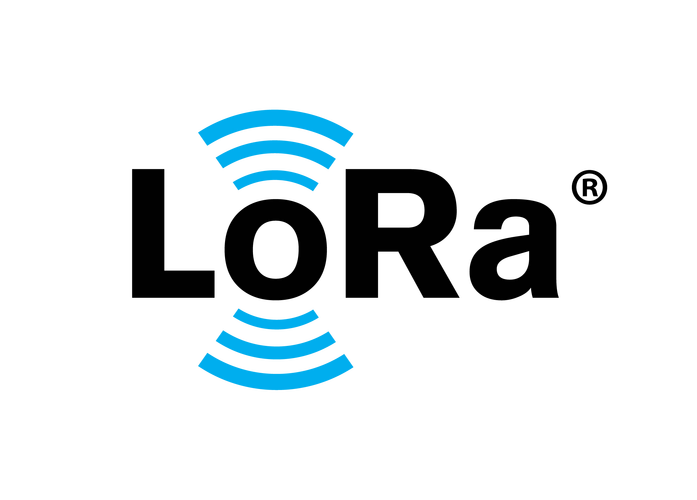 />
/>
LoRa, short for Long Range Radio, is a low-power local area network wireless standard developed by Semtech Corporation. Its purpose is to address the contradiction between power consumption and transmission distance coverage. Generally, low power consumption results in short transmission distances, while high power consumption results in long transmission distances. LoRa technology solves the technical challenge of achieving longer transmission distances than other wireless methods under the same power consumption conditions, achieving both low power consumption and long-distance effects.
II. Principles of LoRa Technology
LoRa is a wireless communication solution based on chirp spread spectrum (CSS) modulation technology, developed by Semtech Corporation in the United States. Its working principle involves generating “chirp” signals through linear frequency modulation (LFM), where the carrier frequency of each data packet changes linearly over time. This modulation method allows the signal to maintain good penetration and resistance to multipath fading in environments with strong interference, thereby achieving long-distance transmission.
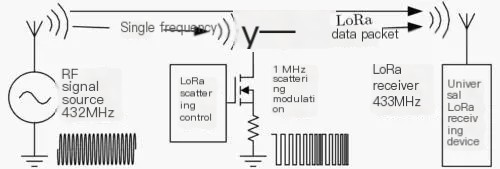 />
/>
LoRa technology uses advanced forward error correction (FEC) technology to enhance the reliability of data transmission, ensuring a certain level of data integrity even in low signal strength conditions. Additionally, it supports multiple spread spectrum factor selections to accommodate different transmission rate and distance requirements.
III. Features of LoRa Technology
● Long-distance communication: LoRa technology can achieve long-distance communication coverage, with a communication range of several kilometers to tens of kilometers, making it very suitable for long-distance IoT applications such as agricultural monitoring and smart cities.
● Low power consumption (long battery life): LoRa devices and their communication protocol are designed to be low power, allowing devices in a LoRa network to operate for extended periods, even those powered by batteries can have a long service life.
● Wide area coverage: LoRa networks can provide extensive coverage, not only covering urban areas but also penetrating obstacles well, providing deep indoor and underground coverage, suitable for IoT applications in various environments.
● Interference resistance: LoRa technology uses frequency spread modulation technology, allowing it to maintain stable communication connections in frequently interfering environments, thereby improving its reliability in complex electromagnetic environments.
● Low cost: The deployment of LoRa technology is relatively low-cost, with inexpensive devices, and due to its long-distance communication capability, it can reduce infrastructure needs, thereby lowering overall deployment costs.
● Open standard: LoRa is an open communication standard, allowing manufacturers and developers to develop based on LoRa technology, greatly promoting the development and innovation of the LoRa ecosystem.
IV. Drawbacks of LoRa Technology
Data transmission rate: LoRa excels in transmission distance but sacrifices data transmission rate, usually ranging from tens to hundreds of kbps, making it unsuitable for applications requiring high-speed transmission.
Network reliability: Although LoRa networks are designed with robustness in mind, they may still face network congestion and signal interference issues in high-density deployments or complex environments.
Standardization and compatibility: LoRa mainly relies on the proprietary LoRaWAN protocol, which, although widely used globally, still has a significant gap compared to some globally unified communication technology standards.
V. Application Scenarios of LoRa Technology
Smart Cities: Used for data collection and remote control of municipal facilities such as smart lighting, environmental monitoring, and parking management.
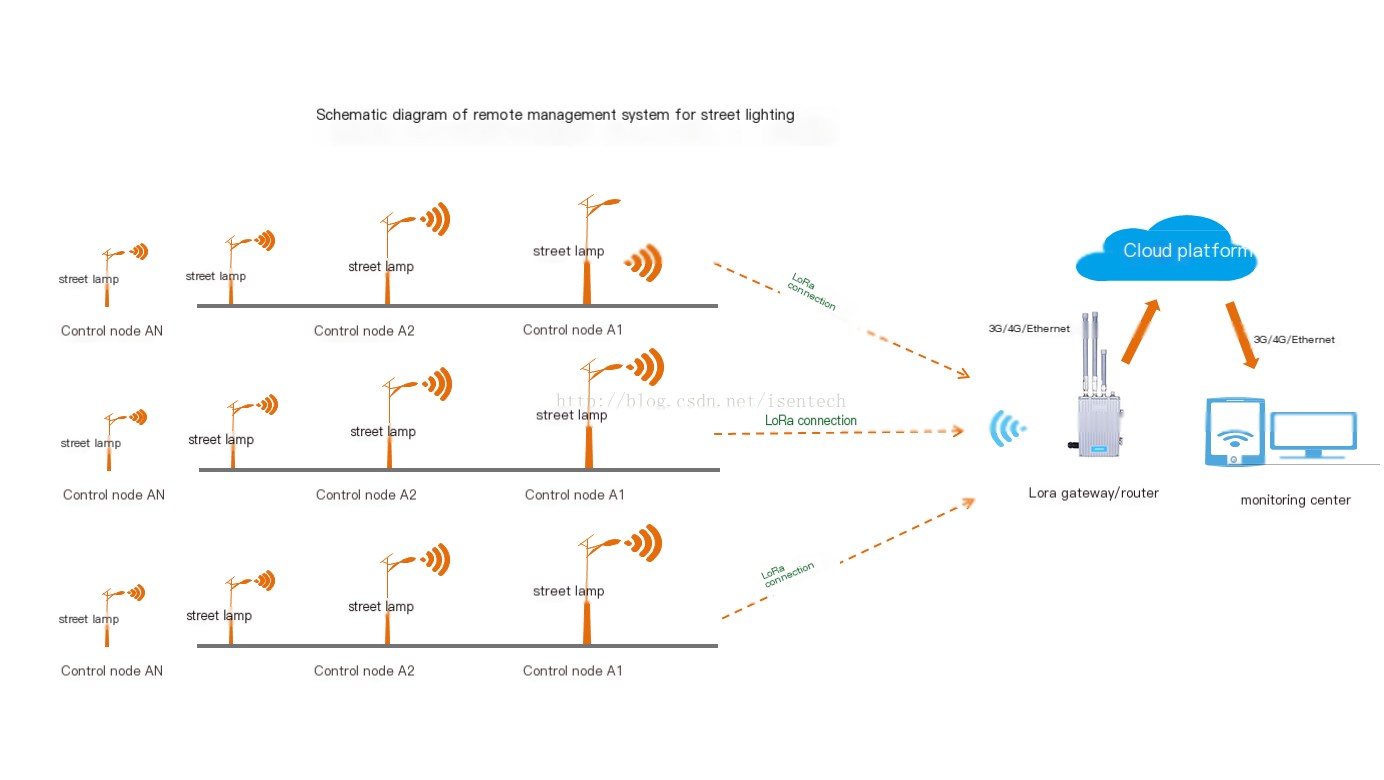
Agricultural Monitoring: Real-time monitoring of parameters such as soil moisture, temperature, and light in farmland, aiding the development of precision agriculture.
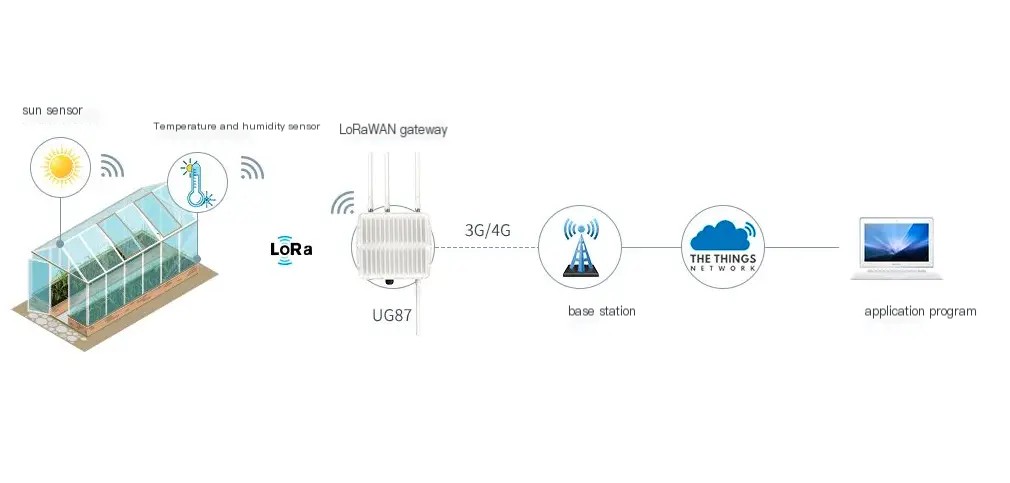
Asset Tracking: Real-time positioning and status tracking of goods in logistics and supply chain management.
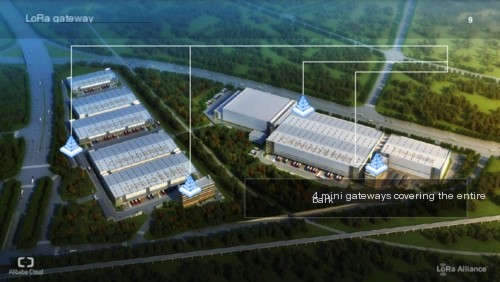
Industrial IoT: Provides wireless monitoring solutions for factory automation, such as monitoring the status of production equipment and predictive maintenance.
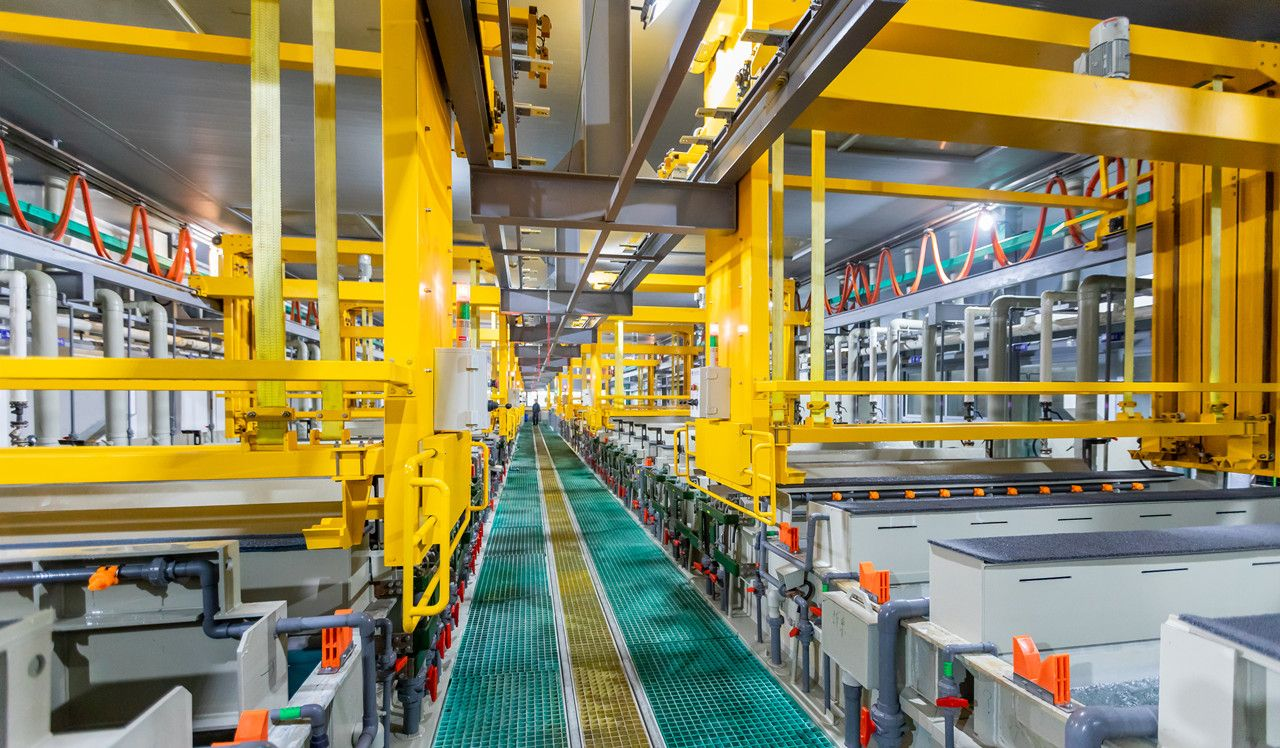
In summary, as one of the key drivers in the LPWAN field, LoRa technology serves numerous IoT application scenarios with its unique technical advantages, especially demonstrating great potential in low-speed, low-power, long-distance communication. However, facing the rapidly developing IoT market and technological evolution, LoRa still needs continuous improvement and refinement to meet higher reliability and security demands.



